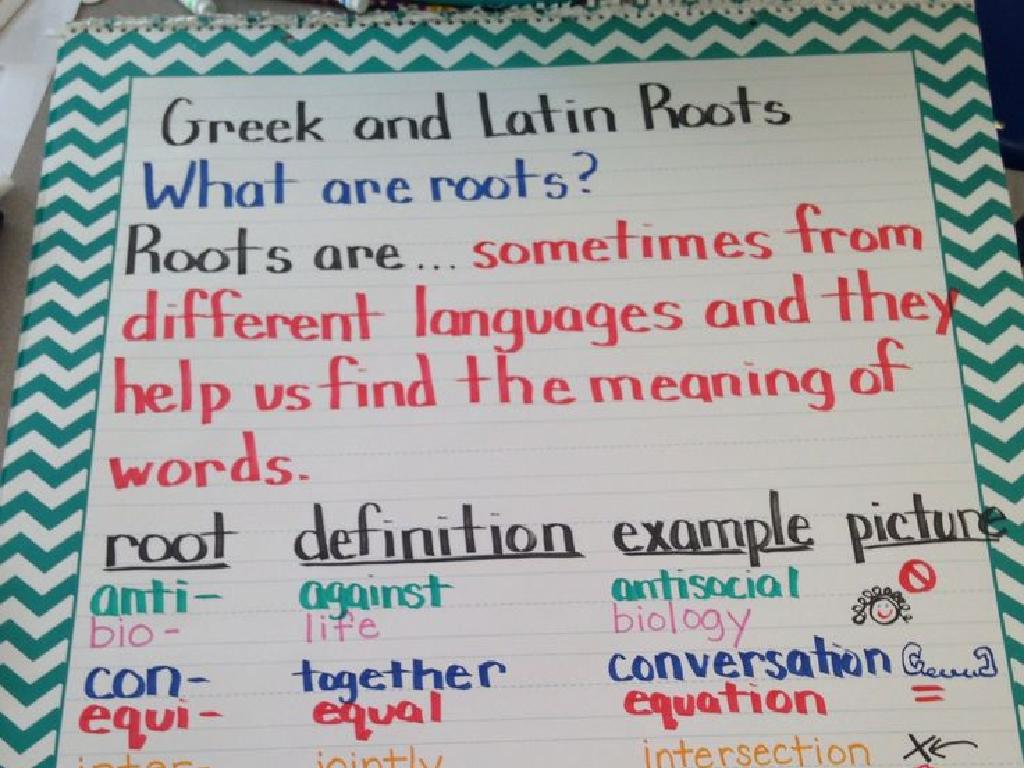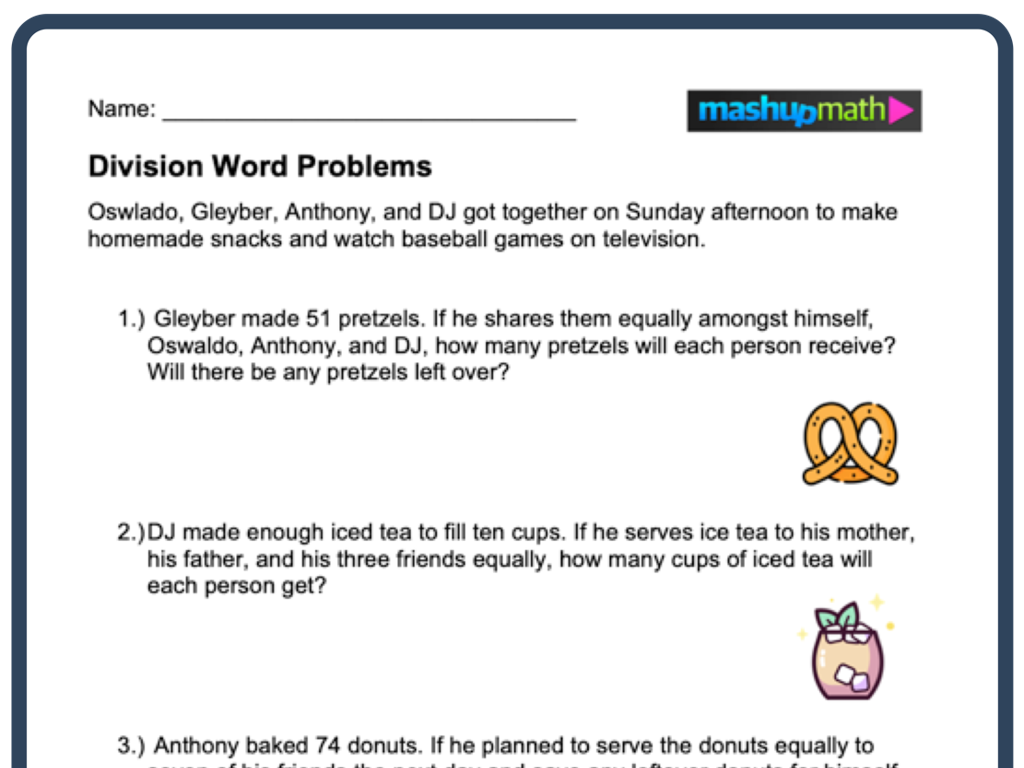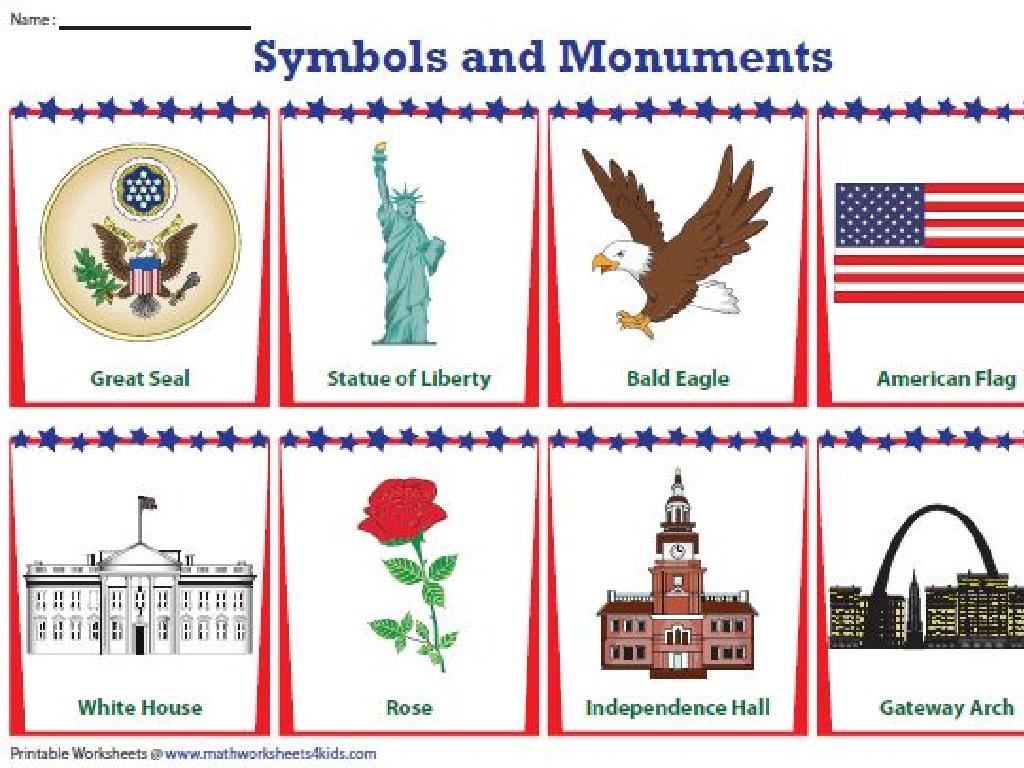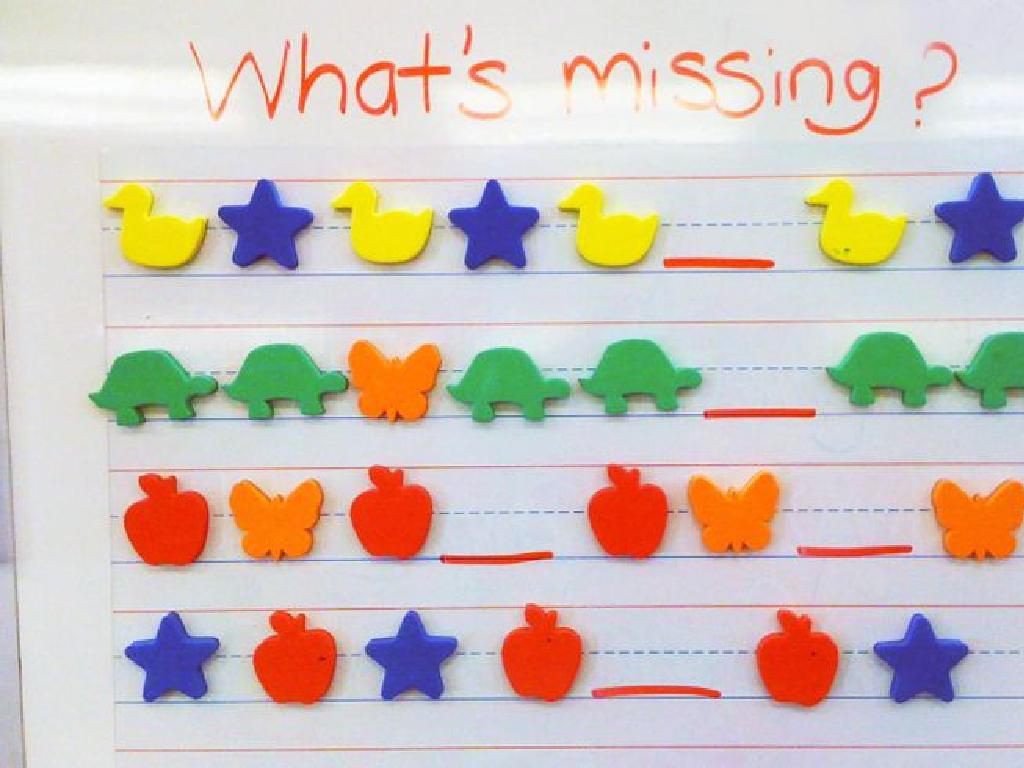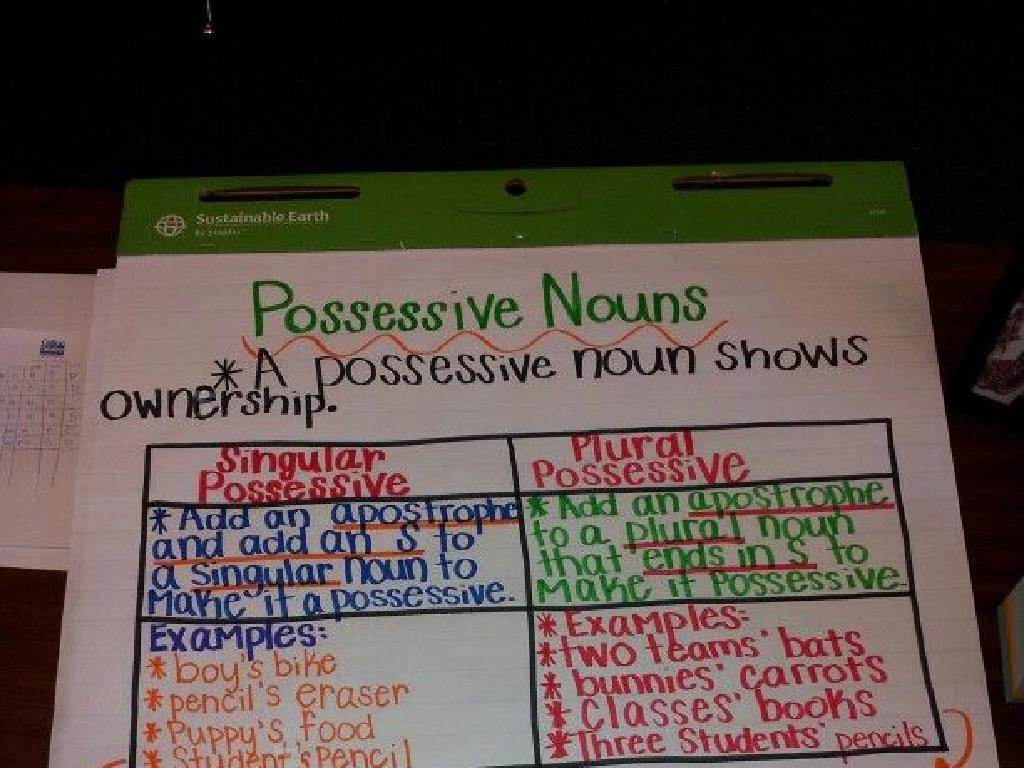Teacher Resources
Subject: Science
Grade: High school
Topic: Chemistry
Please LOG IN to download the presentation. Access is available to registered users only.
View More Content
Welcome to Chemistry: Exploring Teacher Resources
– Explore the world of Chemistry
– An exciting journey through atoms, molecules, and reactions.
– Chemistry’s role in daily life
– From cooking to cleaning, chemistry is everywhere.
– Preview of Teacher Resources
– A glimpse into tools and materials for teaching chemistry.
– Utilizing resources effectively
– Best practices for integrating resources into lessons.
|
This slide introduces the expansive and intriguing world of Chemistry, aiming to spark interest in high school students about the subject’s relevance in everyday life. It also sets the stage for discussing the various teacher resources available for the subject. Emphasize the omnipresence of chemistry in daily activities and the importance of understanding its principles. The preview of teacher resources should highlight the variety of tools, such as interactive models, simulations, and lab experiments, that can enhance teaching and learning experiences. Encourage teachers to think creatively about how to incorporate these resources into their lesson plans to make chemistry concepts more accessible and engaging for students.
Chemistry Teacher Resources Overview
– Defining teacher resources
– Materials or tools aiding teaching, e.g., textbooks, software
– Role in learning enhancement
– Resources can make concepts clearer and learning more engaging
– Types of Chemistry resources
– Visual aids, lab equipment, online simulations
– Examples for classroom use
– Periodic table charts, molecular model kits, interactive software
|
Teacher resources encompass a wide array of materials and tools designed to support and enhance the educational process. These can include textbooks, visual aids, software, and specialized equipment. In the context of high school chemistry, resources play a crucial role in making abstract concepts tangible and engaging. For example, molecular model kits allow students to physically manipulate representations of molecules, fostering a deeper understanding of chemical structures. Interactive software can simulate experiments that might be too dangerous or expensive to conduct in a school lab. It’s essential for teachers to select resources that align with their educational goals and cater to the diverse learning styles of their students.
Chemistry Teacher Resources: Printed Materials
– Significance of textbooks
– Textbooks provide a comprehensive curriculum framework and essential theories.
– Utilizing worksheets
– Worksheets reinforce concepts and allow for practice.
– Importance of lab manuals
– Lab manuals guide safe, hands-on experimental learning.
– Enhancing structured learning
|
This slide emphasizes the value of printed materials as resources for chemistry teachers. Textbooks are crucial as they offer a structured approach to learning, presenting the curriculum and key theories in a logical sequence. Worksheets are instrumental in reinforcing these concepts, providing students with the practice needed to master the material. Lab manuals are equally important, as they ensure that hands-on experiments are conducted safely and effectively, fostering an interactive learning environment. These resources collectively support a well-rounded educational experience, catering to different learning styles and enhancing the overall teaching and learning process in high school chemistry.
Digital Resources for Chemistry Education
– Explore online learning platforms
– Platforms like Khan Academy or Coursera offer comprehensive courses.
– Use simulations for complex reactions
– Interactive tools like PhET simulate experiments virtually.
– Incorporate videos in lessons
– YouTube channels provide visual explanations of concepts.
– Engage with multimedia resources
– Multimedia can include podcasts, quizzes, and interactive modules.
|
This slide aims to introduce teachers to various digital resources that can enhance chemistry teaching for high school students. Online platforms provide structured courses that can supplement the curriculum. Interactive simulations are particularly useful for visualizing complex chemical reactions that may be difficult or unsafe to perform in a school lab setting. Videos can serve as an engaging way to explain difficult concepts, and multimedia resources can cater to different learning styles, making the subject more accessible. Teachers should explore these resources to find the best fit for their classroom needs and to provide a diverse and stimulating learning environment.
Community and Collaboration in Chemistry Education
– Join professional learning communities
– Engage with fellow educators to share strategies and insights.
– Collaborate with peers for resources
– Share lesson plans, experiments, and assessments with colleagues.
– Attend educational conferences
– Stay updated on the latest in chemistry education and pedagogy.
– Engage in professional development workshops
– Hands-on training to enhance teaching skills and subject knowledge.
|
This slide emphasizes the importance of community and collaboration among high school chemistry teachers. Encourage teachers to actively participate in professional learning communities, which can be a valuable source of support and inspiration. Highlight the benefits of peer collaboration for exchanging resources such as lesson plans and lab activities. Stress the importance of staying current in the field by attending conferences and workshops, which can provide new ideas for classroom instruction and opportunities for professional growth. These activities not only contribute to individual teacher development but also to the collective advancement of chemistry education.
Developing Custom Chemistry Resources
– Create tailored classroom resources
– Design experiments, worksheets specific to your syllabus
– Adapt resources for diverse learners
– Modify content for different learning styles and needs
– Share resources with educators
– Use platforms to exchange teaching materials
– Benefit from community feedback
– Improve your resources with insights from peers
|
This slide encourages teachers to take initiative in creating and customizing their own teaching resources to better align with their classroom’s curriculum and their students’ unique learning needs. It highlights the importance of adapting existing materials to cater to a diverse range of learners, ensuring that all students have the opportunity to succeed. Furthermore, it suggests that teachers should actively engage with the wider teaching community by sharing their own resources and utilizing those shared by others. This collaborative approach not only broadens the pool of available teaching materials but also opens up avenues for constructive feedback, leading to continuous improvement and innovation in teaching strategies.
Evaluating Chemistry Resources for Teachers
– Criteria for high-quality resources
– Resources should be credible, engaging, and align with curriculum standards.
– Review for accuracy and relevance
– Ensure content is fact-checked and applicable to current teaching goals.
– Update with scientific advancements
– Regularly integrate the latest research and discoveries into teaching materials.
|
When selecting resources for teaching high school chemistry, it’s crucial to have a set of criteria to ensure the quality and effectiveness of the materials. Resources should come from reputable sources, be engaging to students, and align with educational standards. Teachers must also review these resources to ensure the information is accurate, up-to-date, and relevant to the curriculum. With the rapid pace of scientific advancements, it’s important to keep teaching materials current, reflecting the latest research and discoveries in the field of chemistry. This slide aims to guide teachers in choosing the best resources to enhance their instruction and student learning.
Class Activity: Chemistry Resource Exploration
– Divide into groups for research
– Explore various Chemistry resources
– Use textbooks, websites, and videos
– Present and discuss resource utility
– Consider relevance, ease of use, and depth of information
– Vote on the most useful resource
|
This activity is designed to engage students in collaborative learning and critical evaluation of educational resources. By dividing the class into small groups, each group will research different Chemistry resources such as textbooks, educational websites, and instructional videos. They will then present their findings to the class, discussing the relevance and utility of each resource. This will include aspects like how user-friendly the resource is, the depth of information it provides, and its applicability to their coursework. After all presentations, the class will vote on which resource they found most useful and discuss the reasons for their choice. This activity not only helps students discover valuable study aids but also develops their skills in research, presentation, and critical analysis. For the teacher, it provides insight into which resources are most beneficial for the class and may inform future lesson planning.

